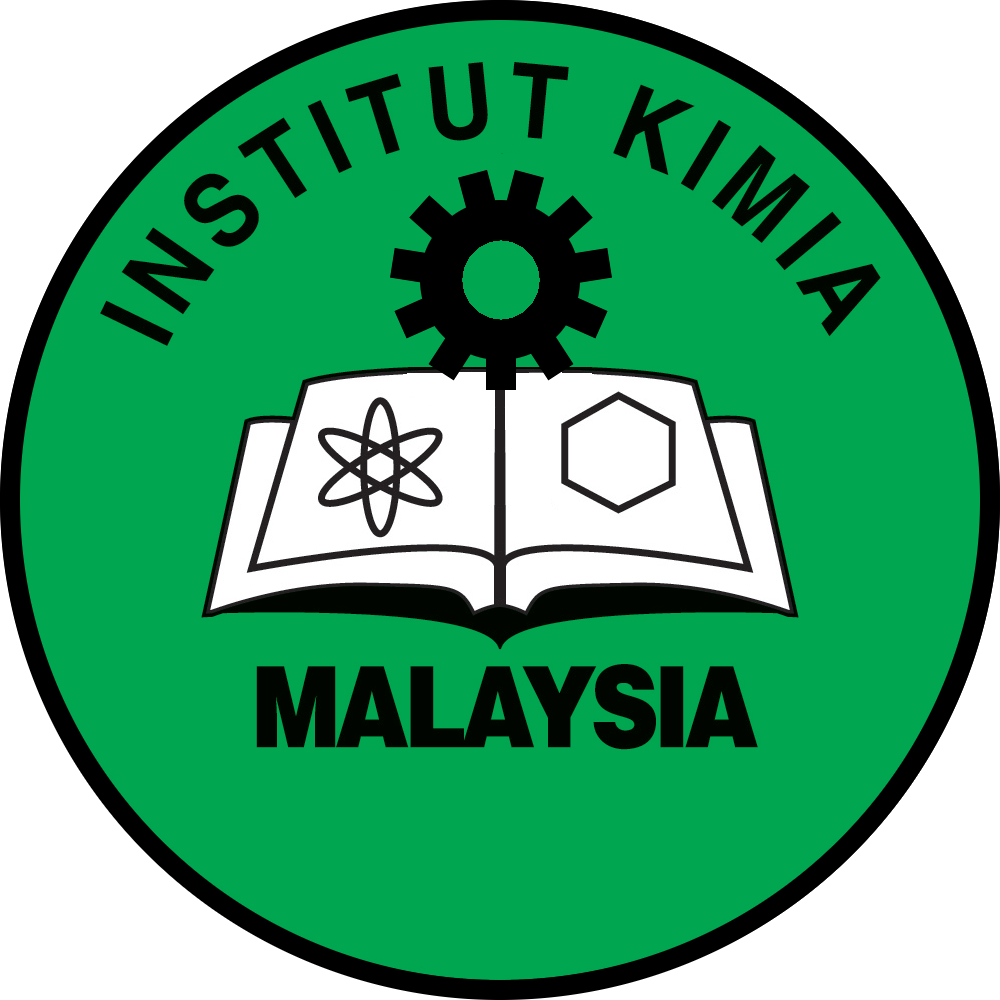A Mini Review on Conventional and Alternatives Extraction Methods of Pectin from Watermelon (Citrullus lanatus) Rind
DOI: https://doi.org/10.55373/mjchem.v25i2.71
Keywords: Pectin; watermelon; extraction methods; conventional; alternatives
Abstract
Pectin is a natural polysaccharide and is mainly used in food sector as gelling, thickening, and stabiliser agents and in biomedical applications including in drug delivery, tissue engineering and wound healing applications. The most common raw materials used for pectin extraction are from apple pomace or citrus peels. The conventional pectin extraction method functions through acidified water and this method mainly conducted at low pH with high temperatures for several hours. In creating awareness for a more eco-friendly experiment approach, alternative natural pectin sources and extraction methods are appropriate to be investigated. Thus, the aim of this study is to present various extraction methods used to extract pectin from watermelon rind. In this review, the conventional heating extraction (CHE) and several alternatives’ methods including microwave- assisted extraction (MAE), enzyme-assisted extraction (EAE), and ultrasound-assisted extraction (UAE) had been investigated and compared. The highest result produced for pectin extraction from conventional extraction yielded 20.7% of pectin. The highest results from alternatives pectin extraction methods from MAE, EAE and UAE were 25.7%, 34.1% and 19.67%, respectively. The alternative extraction methods showed a higher pectin yield and more quality pectin. This indicates that alternative methods are able to reduce acid solvents usage and more effective experimental time. The alternative methods may also be suggested as other options to conventional method and also eco-friendlier method for pectin recovery. These alternatives pectin extraction methods can further reduce waste disposal problems and create alternatives functional food for human consumption.
